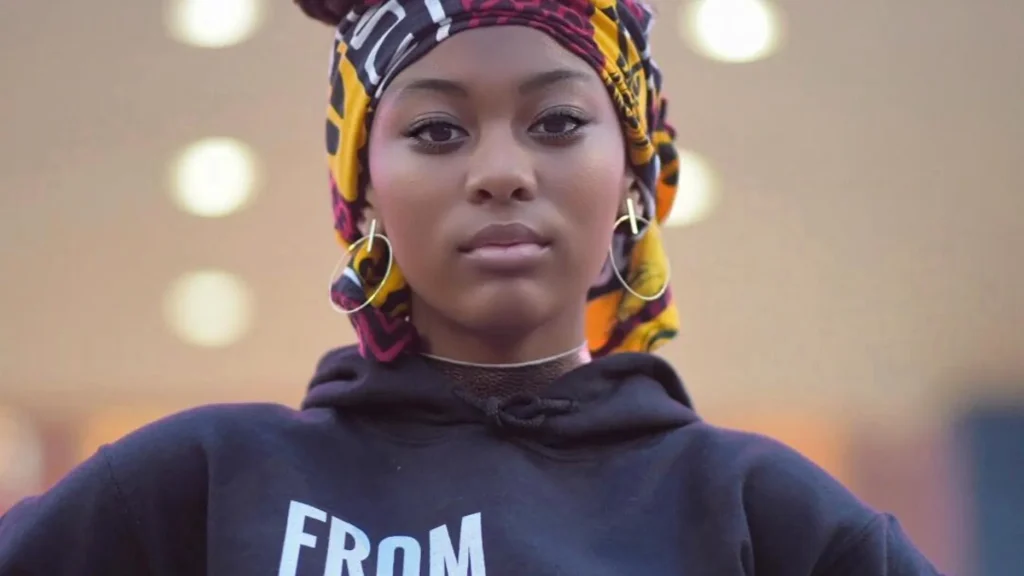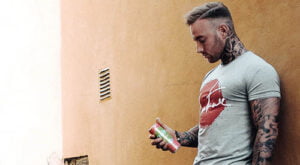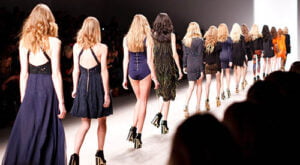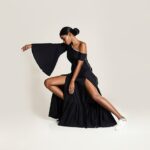Fashion in film: The impact of costumes on moviegoers
Fashion on the big screen: How movie costumes shape audience’s style inspiration.
Fashion and film have a long and intertwined history. The costumes worn by actors and actresses are often a critical part of the storytelling process, defining characters, conveying moods and emotions, and setting the scene. From the early days of silent film to modern blockbusters, the costumes worn by actors and actresses have had a significant impact on moviegoers. In this article, we will explore the impact of costumes on moviegoers and discuss how fashion has influenced film throughout history.

Fashion in Early Film
The earliest movies were silent, and the characters’ outfits were often simple and utilitarian. The primary goal of costumes was to differentiate between characters and make them easy to identify. However, as technology advanced and movies became more popular, costume designers began to play a more significant role in film production.
In the 1920s and 1930s, Hollywood designers like Adrian and Edith Head created iconic looks for stars like Greta Garbo and Audrey Hepburn. The costumes worn by Garbo and Hepburn in films like “Grand Hotel” and “Roman Holiday” helped establish their public personas and cemented their place in the public imagination.
In the 1940s and 1950s, movies became more glamorous and sophisticated, and the costumes reflected this change. Designers like Orry-Kelly and Irene Sharaff created elaborate and ornate costumes for films like “Gone with the Wind” and “An American in Paris.” These costumes helped transport moviegoers to different eras and worlds, providing a visual feast for the eyes.
Have you ever watched an old Hollywood movie and marveled at the glamorous costumes worn by the actors and actresses? They were truly stunning, weren’t they? But did you know that those costumes served a practical purpose too?
Back in the Golden Age of Hollywood, costume designers had to consider many things when creating costumes for films. They had to think about how the costumes would look on screen, especially in black and white films. They had to ensure that the costumes would stand out and be visible to the audience, even when the lighting wasn’t ideal.
But it wasn’t just about the visual appeal. The costumes had to be functional too. Actors and actresses needed to be able to move around freely in them, whether they were performing stunts or just walking across the set. The costumes had to be comfortable enough for the actors to wear for long periods, and they had to be durable enough to withstand the demands of filming.
So, the next time you watch an old Hollywood movie, take a moment to appreciate the thought and care that went into designing the costumes. They weren’t just beautiful; they were practical too.
Fashion in Modern Film
Fashion and film have always been intertwined, but in modern times, their connection has become even stronger. Nowadays, costume designers don’t just create costumes that are functional and practical; they also work closely with directors and actors to ensure that the costumes reflect the characters’ personalities and the film’s tone.
In fact, costume design has become such a crucial aspect of filmmaking that designers are often considered an integral part of the production team, alongside the actors and directors. They bring their own creative vision to the table, and their input is highly valued throughout the filmmaking process.
Recently, movies like “The Great Gatsby” and “Black Panther” have been celebrated for their fashion-forward costumes, which have become iconic in their own right. The costume designers behind these movies, Catherine Martin and Ruth E. Carter, have even won awards for their work, demonstrating just how important costumes have become in modern film.
The costumes in these movies are more than just clothing; they’re works of art that contribute to the overall visual aesthetic of the movie. They help to transport audiences to another time and place, and they bring the characters to life in a way that words and actions alone cannot. It’s amazing to see how costumes have evolved from being just practical garments to true works of art that are an essential part of modern filmmaking.
Costumes in Film and their Impact on Moviegoers
Costumes have a significant impact on moviegoers, helping them connect with the characters and the story. When a costume is well-designed, it can evoke emotions, convey messages, and create a lasting impression. The right outfit can help an actor embody a character, bringing the role to life in a way that words alone cannot.
For example, the red dress worn by Julia Roberts in “Pretty Woman” became an iconic fashion moment and helped define her character’s transformation. The dress helped establish Roberts’ character as glamorous and sophisticated, giving her a sense of confidence and power.
Costumes can also transport viewers to different times and places, creating a sense of nostalgia or curiosity. The costumes in “The Great Gatsby” helped bring the roaring twenties to life, providing a visual representation of the era’s extravagance and excess. Similarly, the costumes in “Mad Men” helped transport viewers back to the 1960s, with viewers becoming enamored with the show’s fashion.
Moreover, costumes can inspire trends and influence fashion. When a movie features a well-designed costume, it can create a buzz among fashion enthusiasts and inspire new trends. For example, the costumes in “Sex and the City” influenced fashion in the early 2000s, with viewers seeking to emulate the characters’ iconic outfits.
The Future of Fashion in Film
As technology continues to advance, the possibilities for fashion in film are limitless. Costume designers can now use 3D printing, motion capture, and other cutting-edge technologies to create costumes that are more intricate and realistic than ever before. Movies like “Avatar” and “The Hobbit” have used these technologies to create elaborate and visually stunning costumes that have captivated audiences worldwide.
Conclusion
There’s no denying that fashion and film have a long and fascinating history together. From the earliest days of cinema, costumes have played a vital role in creating iconic movie moments that stick with audiences long after the credits roll.
Costumes are more than just clothing; they help to define characters, evoke emotions, and inspire fashion trends. They can tell a story without words and help to transport viewers to another time and place.
As technology continues to advance, the possibilities for fashion in film are limitless. With CGI and other cutting-edge techniques, costume designers can create breathtaking costumes that were once impossible to imagine.
Despite these technological advancements, however, the role of costumes in film production remains critical. They help to create visual masterpieces that captivate audiences for generations to come, and they’re an essential part of the storytelling process.
So the next time you’re watching a movie, take a moment to appreciate the costumes and the important role they play in creating the world on the screen. Whether they’re simple or complex, modern or historic, the costumes are a crucial piece of the puzzle that makes movies so memorable and captivating.
Image Source : Teen Vogue







